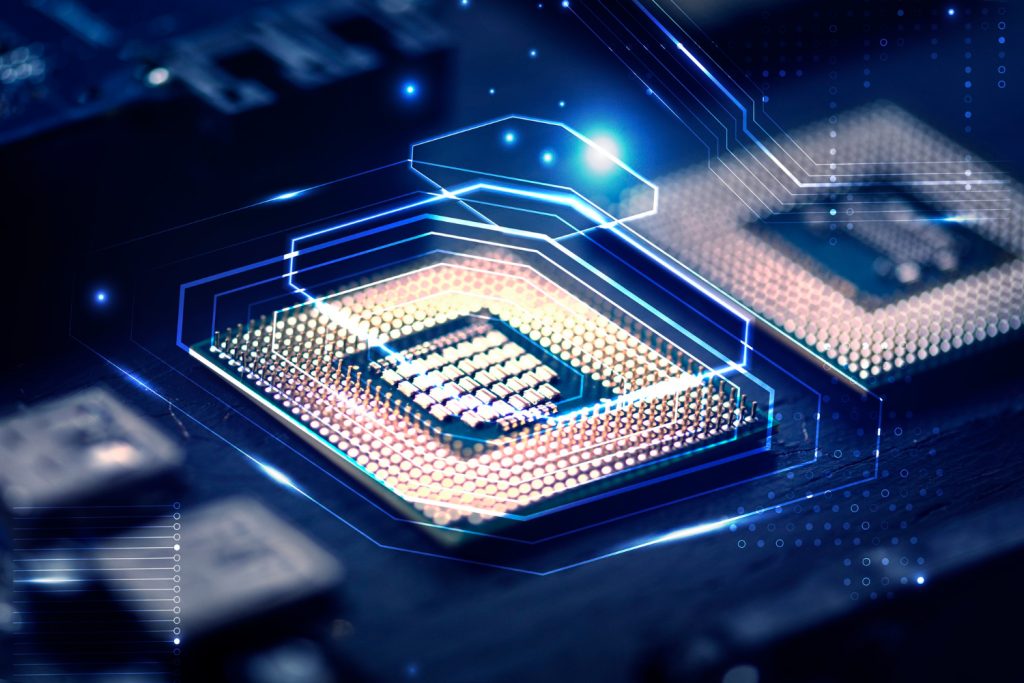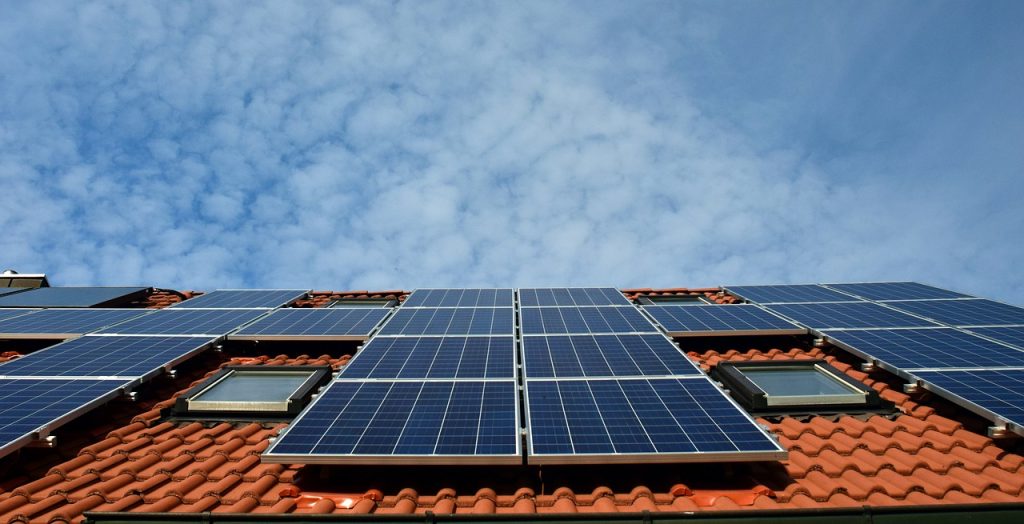CU-ETP®
OC-ETP® Copper busbar in electrical applications requires several key electrical and mechanical properties which include high electrical conductivity, good strength, good formability and surface flatness
Overview
OC-ETP® Copper busbar in electrical applications requires several key electrical and mechanical properties which include high electrical conductivity, good strength, good formability and surface flatness. These key features rely greatly upon the quality of raw material and consistency of production process. Through a state-of-the-art production process specifically designed for copper busbar production, OC-ETP® is cast from the highest purity copper cathode available from mines and smelters (grade “A” LME registered brand). The purity of the raw material and the high quality production process make OC-ETP® an excellent choice for all technical and economical solutions relating to electrical applications requiring copper busbar and busduct. In addition, OC-ETP® also offers excellent thermal conductivity, perfect for heat exchange applications, and ideal where limited space is important for e.g. CPU-heatsinks.
Electrical conductivity of any electrical conductor is dependent upon the purity of conductor. OC-ETP® is cast from pure copper cathodes with a purity of 99.99 %. This high purity of raw material enables OC-ETP® to achieve an electrical conductivity 101% IACS (International Annealed Copper Standard).
Cu-ETP is used for most conductors and fabricated electrical components.
Type of copper |
Designation |
Standard |
Alloy NO. |
Thermal conductivity (W/m.K) |
Electrical conductivity (%IACS)(A) |
||||||
|---|---|---|---|---|---|---|---|---|---|---|---|
|
Electrolytic tough pitch |
Cu-ETP |
|
|
388 |
above 100 |
** Mechanical property are follow by internal specification and customer requirement.
Chemical Composition
UNS No. |
Chemical Composition : Phosphorus-deoxidized copper |
|---|---|
|
C11000 |
99.90 Cu 0.04 O |
- Upon customers’ specific requirements with exact dimensions and shapes.

Wooden Boxes: Copper will be wrapped with insulated paper and plastic.
Bundles: Wrapped with insulated paper and plastic.
The main difference is the chemical composition, and the electrical performance is higher. Also, depending on the grade:
- Grain Size – OC-ETP ® has a smaller grain size.
- Hardness – OC-ETP ® is a harder
- Tensile Strength – OC-ETP ® is tougher
One possible negative effect of the above three items could be ‘Orange Peel’, a minor cracking in the copper surface during the bending that could affect the current flow/power flow.
OC-ETP® vs. Cu-OF, we use a Spectrometer to determine the difference of copper purity in materials. OC-ETP® has a slightly higher Oxygen content than Cu-OF.
Cu-OF does not have Oxygen in the copper, should basically have higher purity and therefore, its conductivity should be higher than OC-ETP®.
However, due to the proper production process for OC-ETP®, it achieves equivalent conductivity to Cu-OF, but with superior mechanical properties.
Cu-OF is suitable as straight Bar or can only be bended through annealing process which will alter the original mechanical properties resulting in the less strength of the Bus Bar.
OC-ETP® vs. Cu-Other – The less purity 0.02% of Cu-Other reduces conductivity due to a critical the impurity elements in the copper. The cost saving of purchase is only 1 % while the resulting watt loss is as high as 12 % which impacts on the whole service life of the Bus Bars.
No, the brightness and shininess are the result of the reduction of material after cold drawing.
Let us know how we can help you. Our team is ready to discuss your business needs and answer any questions you may have.
Explore Other Market Solutions

ICT & Data Center

Marine

Healthcare

Electronics

Mining and base metal refinery
